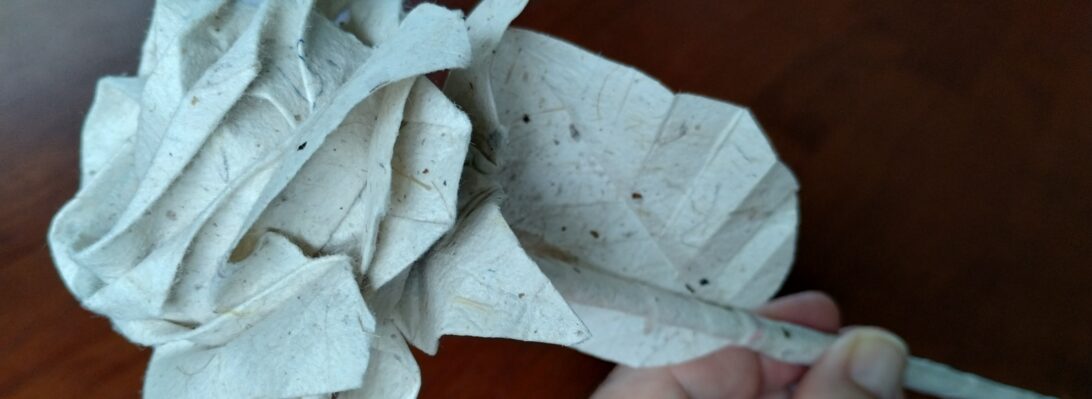I vaguely remember folding lego in my original 365 journey back in 2011 and I am sure I remember following a set of diagrams. Looking back, the resource moved and has degenerated into low res Crease patterns:

Un-flummoxed, I set about re-acquainting myself with the fold – an intense little 12×14 grid, special collapses for pegs and pits.

Having folded one, by gridding a square cut from an A3 sheet, initially 16×16 (because that division is easy) then slicing off 2 and 4 units from adjacent sides to get to 12×14. the resultant block was fiddly, but I got back into “the zone” and the collapses were tidy.

I then realised that I could waste less paper by dividing the short side of an A3 in 3rds, then 6ths, then 12ths, when squaring along the long side I had to remove only a small sliver off the end (quite efficient use of the sheet) – the resultant grid made a much more satisfying sized block.

I set about making a few different colours, because.

All in all, they are just another brick in the wall. Mother, did it have to be so high?






















